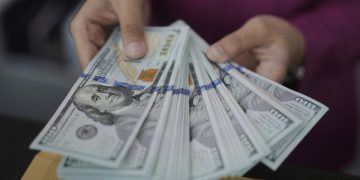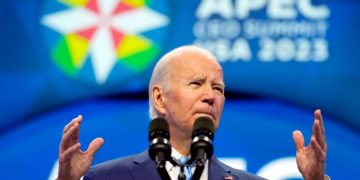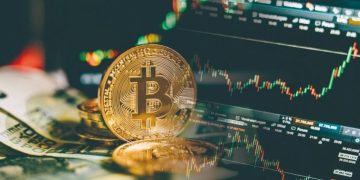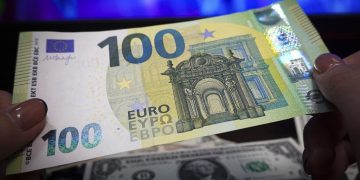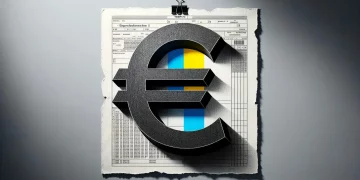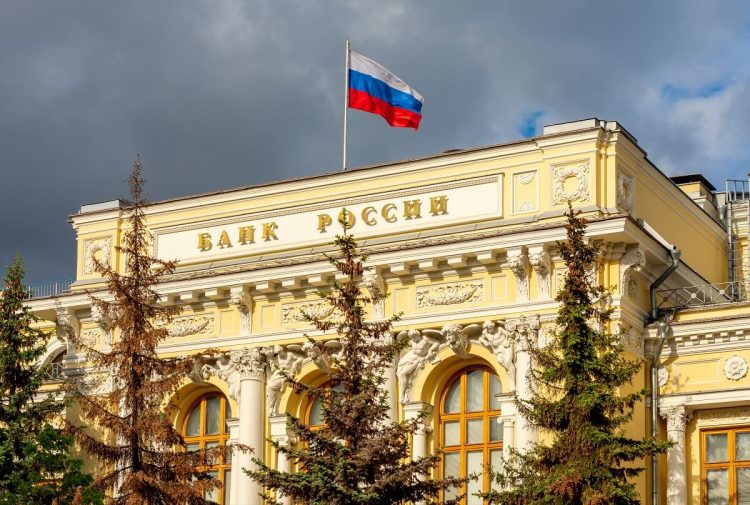Contrary to Global Easing, Russia Intensifies Tightening
In September, while a tide of rate cuts swept through several nations, Russia stood poised to quell inflationary pressures with substantial interest rate hikes. The central bank of Russia, bucking the trend with unyielding vigour, announced an increase of 100 basis points to 19% during its September session.
Responding to Inflation:
Steadfast in a Surge of Rate Hikes
This measure marked the bank’s second hike this year, and the seventh within just over a year, with previous substantial rises occurring in July and December—spikes of 200 and 100 basis points, respectively. The current rate approaches the 20% peak set at the start of the Russia-Ukraine conflict, a mere step away from its apex.
Diverging Paths:
A Striking Contrast with Western Nations
Russia’s forceful monetary tightening starkly contrasts Western counterparts’ flurry of rate reductions that saw central banks from Switzerland, Sweden, to Canada join the “easing club.” The European Central Bank and the Bank of England followed suit, with the U.S. Federal Reserve notably slashing rates by 50 basis points in September – its first reduction in four years, signaling a shift from tightening to easing. The Fed Chair, Jerome Powell, hinted at further cuts to come, while the European Central Bank too pursued further easing to buoy the Eurozone.
The Root of the Divergence:
Inflation Troubles at Russia’s Core
Soaring inflation played the central villain in Russia’s economy, prompting the central bank’s strident decision. Their annual report forecasted a robust economic growth of 3.5% to 4% this year, driven by strong consumer and government demand. With inflation pressures mounting, the bank’s rate statement cautioned that by the end of 2024, annual inflation might well surpass the 6.5% to 7.0% previously predicted.

Sanctions and Repercussions:
Shifting Gears in Policy Response
In response to Western sanctions at the outset of the Russia-Ukraine crisis, the Russian Central Bank resorted to aggressive rate hikes. As central banks in the West tightened policies against inflation, Russia made swift rate cuts to aid its own economy. However, with the Russia-Ukraine situation at a stalemate, the Russian Central Bank once again pivoted dramatically towards aggressive rate increases.
Economic Outlook and Precautions:
The Governor’s Viewpoint
The Governor of the Russian Central Bank, Elvira Nabiullina, acknowledged that the impact of upper-year budgetary expenditures on inflation was underestimated. Government spending surged nearly 50% over three years, greatly exacerbating inflation. Even with gradual rate increases, the effectiveness remains to be seen.
Analyzing the Data:
A Slight Ablation of Inflation
Although the annual inflation focus of the Russian Central Bank declined slightly to 7.6% in August, it stood above the prior year’s 7.4% yet significantly below the initial year of the conflict’s 11.9%. The head of the Russian Center for Macroeconomic Analysis and Short-term Forecasting, Dmitry Belousov, suggested the acceleration phase of inflation had passed, cautioning it was too premature to declare victory.
Moving Forward:
Future Monetary Policy Meetings
As the Russian Central Bank gears up for its next rate meeting on October 25th, analysts largely predict continued rate hiking. The September session’s acute focus on inflation and the strong signal for potential further hikes in October loom over the upcoming deliberation. Despite signs of normalizing consumer demands and a tempering of inflation, analysts believe these indicators are insufficient to pivot the central bank away from its assertive stance.






